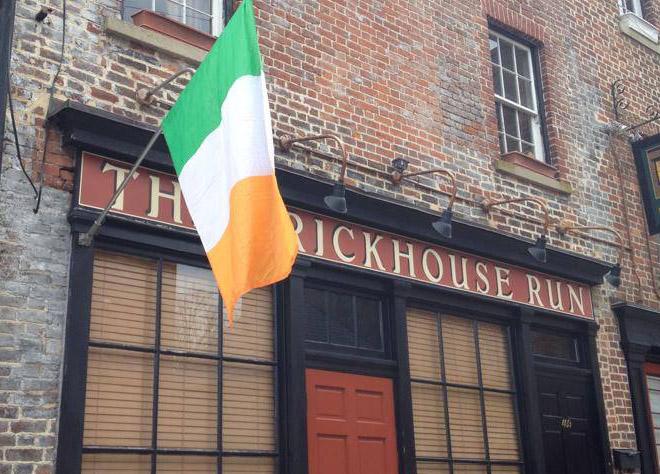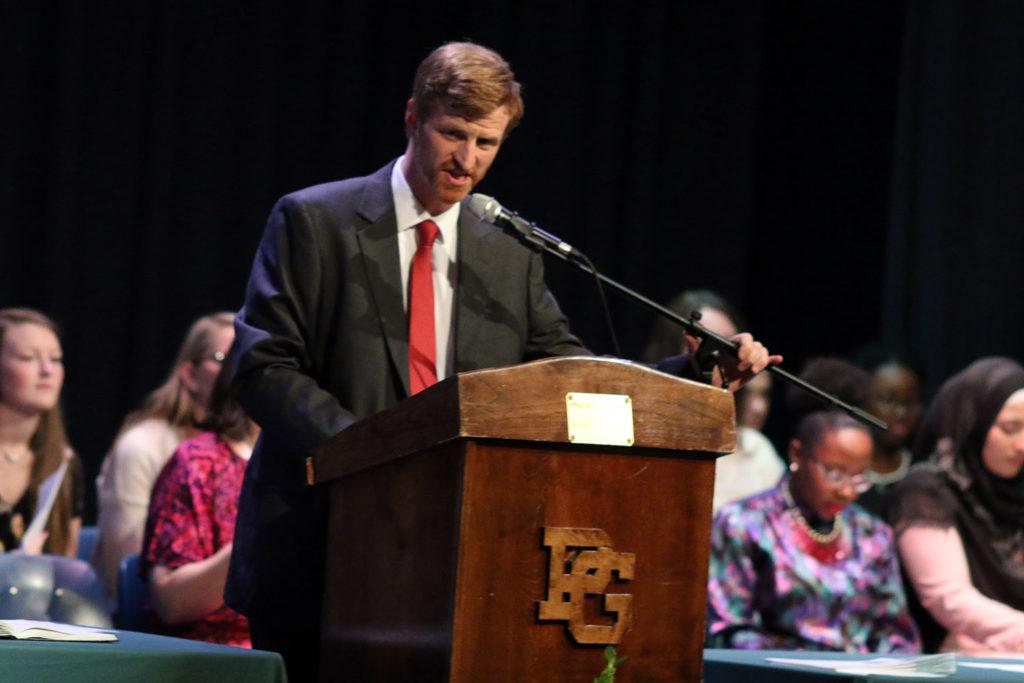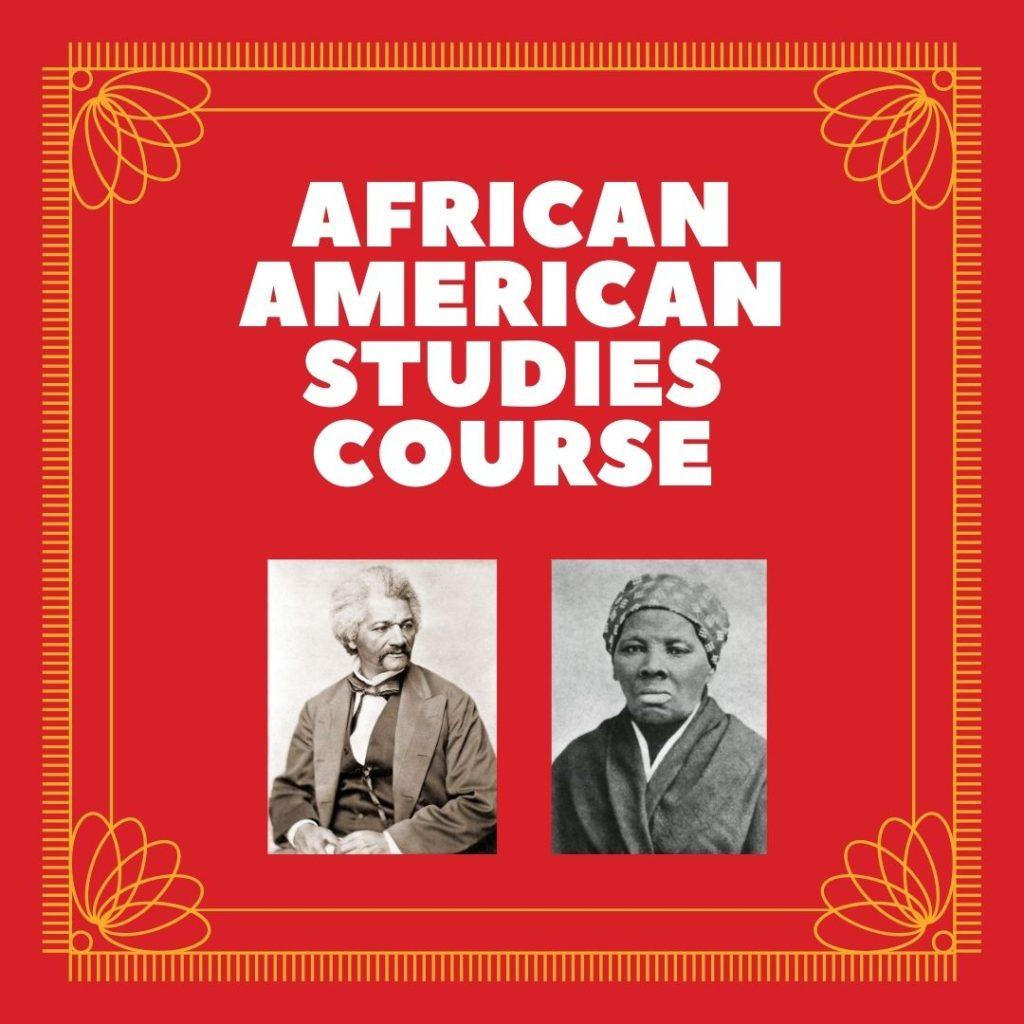 A thousand people were gathering together to celebrate at the heritage center. As they toured they saw antique farm equipment, lively bands playing folk concerts, and enjoyed the taste of traditional foods all while children ran and laughed as they played games.
A thousand people were gathering together to celebrate at the heritage center. As they toured they saw antique farm equipment, lively bands playing folk concerts, and enjoyed the taste of traditional foods all while children ran and laughed as they played games.
Last month, on October 11th the Prince George County Regional Heritage Center held its second annual Virginia Czech & Slovak Folklife Festival.
Out of the hundreds present on that day, some were volunteers, some just curious folk, and other were there to connect themselves to the olden roots of their ancestors.
English twelve teacher Beth Andersen is of Czech descent, and her family was involved with the Czech Slovak festival.
“I certainly think that there is a large Czechoslovakian community in the county and together it gives us a common bond growing up here,” Andersen said.
During the late nineteenth century, after the Civil War, more than 700 Czech and Slovak families came to live in Virginia. A large number of them settled in the counties of Prince George, Dinwiddie, and Chesterfield. Many came for land and work, while others just sought a better life.
“My great-great grandfather first came here for a job. A few years later, he sent for his family,” sophomore Breanna Rackley said.
With a vast number of families centered in local counties, their history is ever-present. Each one of these families that has emigrated to America has brought their own traditions.
“America is the melting pot of all cultures after all,” History teacher Thaddeus Sebera said. “At our family reunions, we always hire a polka band.”
All of the Czech and Slovak history based in Prince George and its surrounding areas has been a major player in shaping its present day community.
“The festival is a powerful way of educating the community about its roots,” Andersen said.
Undoubtedly, the festival has left an impression on local and surrounding areas.
“The older generations that come are aware of the history here,” Sebera said. “Growing up in this community is a unique experience because we know how to polka from five years old, and know what a Kolache is.”
The area’s historically Czech and Slovak churches sold traditional foods at the festival.
“There was a Folk concert with unique instruments, dancing and food,” said Andersen.
There was also an exhibit featuring antique, hand sewn, and beaded Folk costumes.
“Last year the festival was so large, but this year the spacing worked out so well,” Sebera said. “There were very few issues, everything ran smoothly.”
The previous year’s festival hosted more than 1,500 visitors. This year’s turnout is estimated between 800 and 1,000 people.
Festivals like these draw many people and allow them to connect with the past as the world changes around them.
“In the Czech Republic I went to Prague. The culture there now is completely different from anything my ancestors would have faced,” Sebera said.
The modern world has changed vastly as nations influence each other with ideas, traditions, and sharing of their culture.
“American culture is a greater assimilation of other cultures, and Czechoslovakian culture is just one aspect of that,” Andersen said.





























